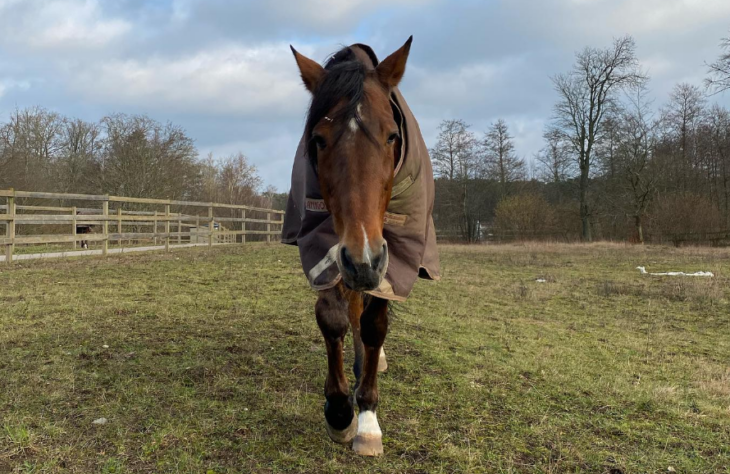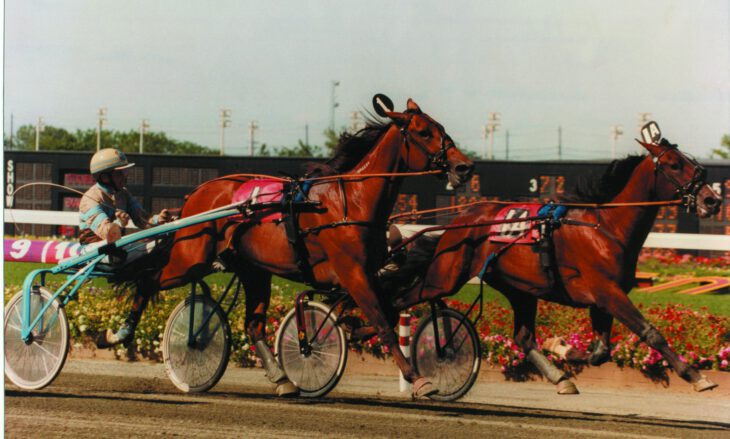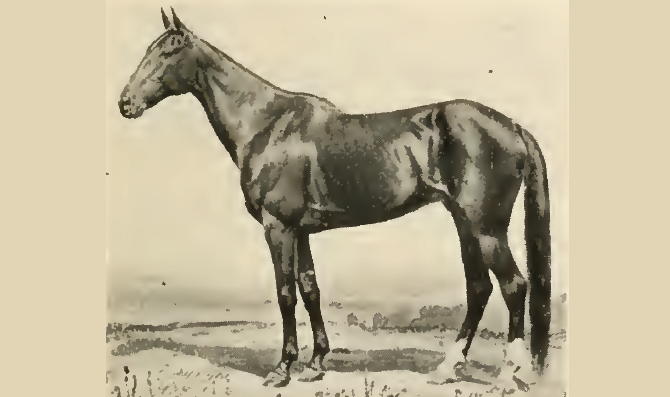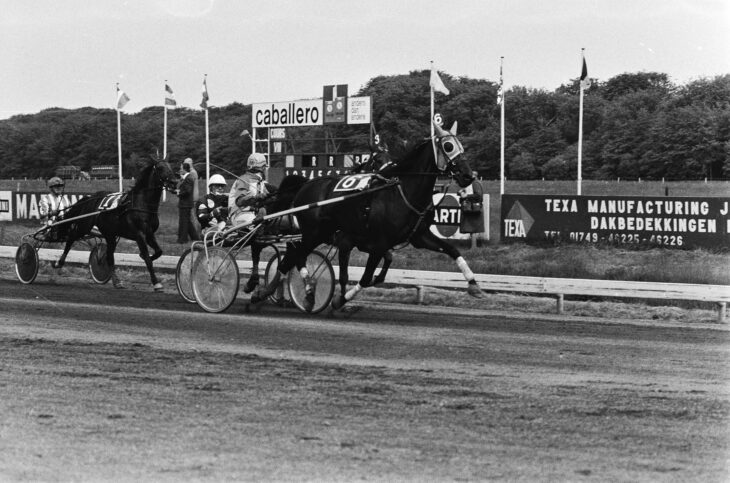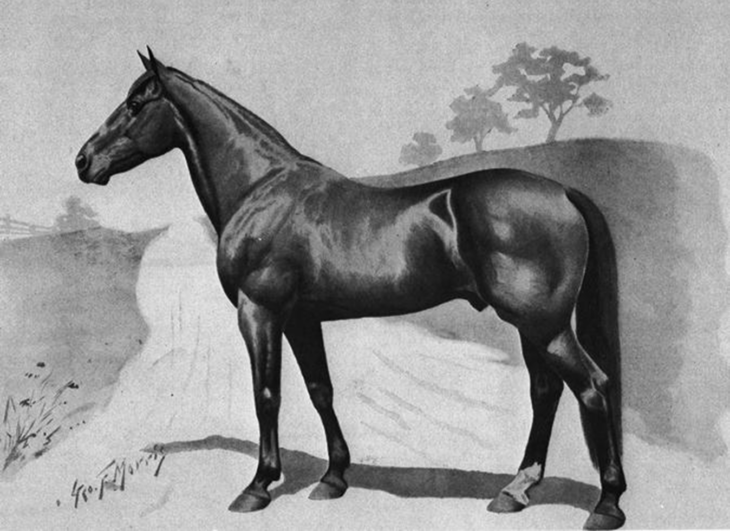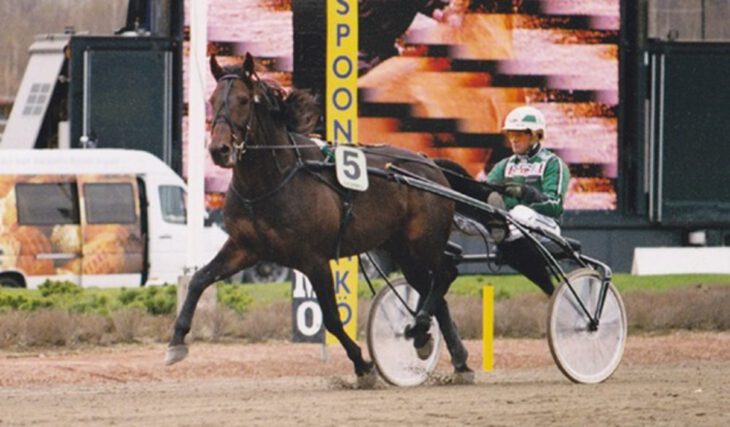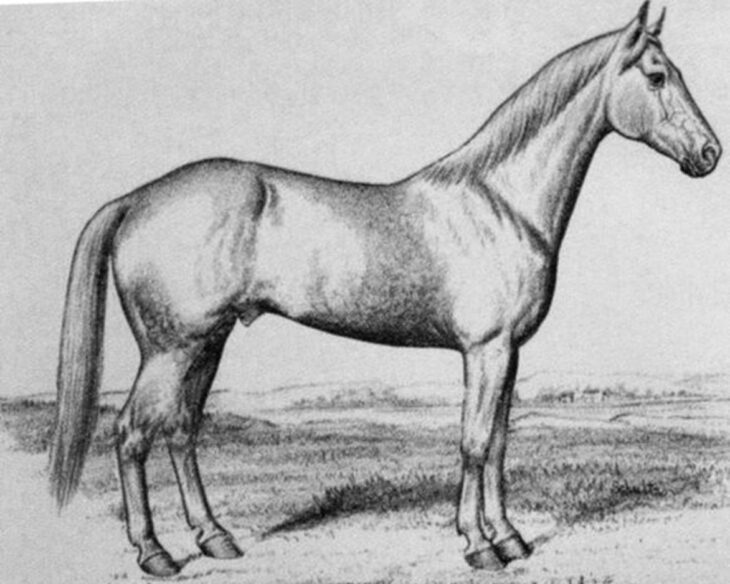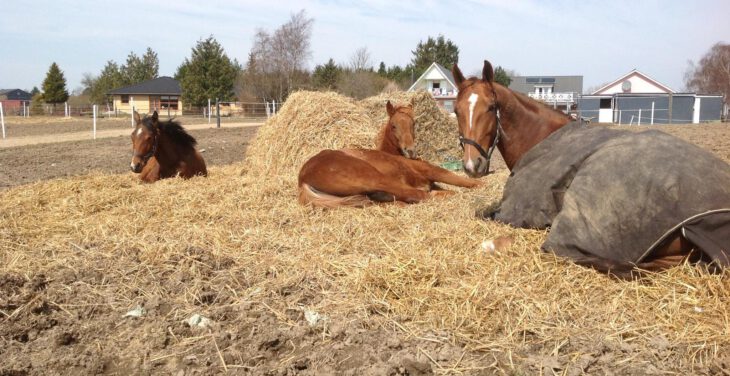He had been a really good trotter in Europe and moved with his trainer to the US. At first some questioned if an 8-year-old European trotter they barely had heard of could compete with the best North Americans. But, as the trotting world quickly realized, the question was rather how the best North Americans could compete with the European speed demon. As it turned out, when Sebastian K was at his best, they simply didn’t stand a chance.
Read MoreHe set several world records, is one of few horses to beat Varenne fair and square and went on to become one of the best stallions the world has ever seen. To his trainer, though, Viking Kronos was more than just a spectacular racehorse and stallion. He was everything. “God has created him, he’s a phenomenon. Then I have been given the great honor of taking care of him, for which I am eternally thankful”, Kolgjini said after the horse’s win in the E3 final in 1998.
Read MoreHe was the unlikeliest of Hambletonian heroes. His breeder felt forced to buy his dam despite not wanting her, and also felt cheated when he first saw his new broodmare. His trainer cheered for another horse. His driver felt so sure he couldn’t win that he didn’t even invite his family. But in the 1992 Hambletonian final, Mickey McNichol and Alf Palema found the tiniest of openings to sprint to victory.
Read MoreHe was the milk horse who turned into a world champion, but was treated badly as he was a tough cookie. Because of the treatment he received St Julien hated his trainer and driver, but the duo still worked well enough together to lower the world record three times.
Read MoreShe was bought as a bit of a gamble, and let her nerves get the better of her in her European debut. It wouldn’t take long for the mare to be the darling of hew new country, however. Dutch trotting fans adored Speedy Volita, the mare who won a massive 99 wins in her new homeland and became so popular she even got her own song.
Read MoreIt’s a story full improbable twists, cruel treatment and bizarre facts. What ended up as Hambletonian’s possibly greatest son at stud was in fact an alcoholic and named for the shadiest of writers who “reviewed” brothels in the name of journalism… It is said that cream always rises to the top. George Wilkes, the stallion who changed how trotters moved their hind legs and the paternal great-grandsire of Axworthy, started at the bottom but rose to the top.
Read MoreHe was the first superstar trained by Åke Svanstedt and helped make the trainer a household name all over trotting-Europe. Winner of the UET Grand Circuit for two years running, Zoogin was the complete package of speed and strength in powerful body.
Read MoreGrey trotters have always caught the attention of the public, Greyhound naturally being a big reason. Of the thousands of stallions at stud before 1900, very few were successful sires of speed – and almost no grey ones. One exception, though, was Pilot Medium who sired Peter the Great. Pilot Medium’s grey coat is inherited from his damsire, Pilot Jr, who was a famous horse in his time and widely acknowledged as the best horse in “the Pilot family.”
Read MoreHe was an incredibly talented but with a challenging temper and extremely unlucky with injuries. Hailing from an exceptionally strong family, the gelding Västerbo Prestige turned out to be an exceptional stallion who unfortunately had a very limited number of foals.
Read MoreAt 7 he was still a highly average trotter, clearly below the best in France. However, a Dutch trainer thought he saw something in the picturesque colt and purchased him for one of his owners. Willem Geersen needed no time in turning Hairos II from highly average to world class, and thus started one of the most spectacular fairytales in the world of trotting.
Read More

